
“I’m tired of language,” says photographer Robin Schwartz. “With animals you don’t have to use language.”
Since childhood Schwartz has documented her close connection to animals in images that reveal the complexities of domestication. Her attraction stems from something that she insists began before a time she could remember, growing up as an only child with a cat in Linden, N.J. “I have an affinity for animals and I think they can sense it,” says Schwartz. “I was born this way.”
While studying for her MFA at Pratt Institute, professor Arthur Freed encouraged her to always “photograph what you care about.” His influence gave Schwartz permission to revisit her childhood love of animals and she began photographing wild packs of dogs and stray cats.
Years after graduation she became fascinated by an orangutan and owner she met at a lecture and began to pursue the cloistered world of primate ownership. To gain access to private homes around the country, she bartered her photography for access to shoot portraits. She also wrote a regular column for the Simian Society of America newsletter. Within five years she had photographed enough work for what became the book Like Us: Primate Portraits published by Norton in 1993. Looking back at the owners who let her in, Schwartz feels grateful. “The people that allowed me in are the cream of the crop in terms of owners and they’re proud of how well they take care of their animals,” she says.
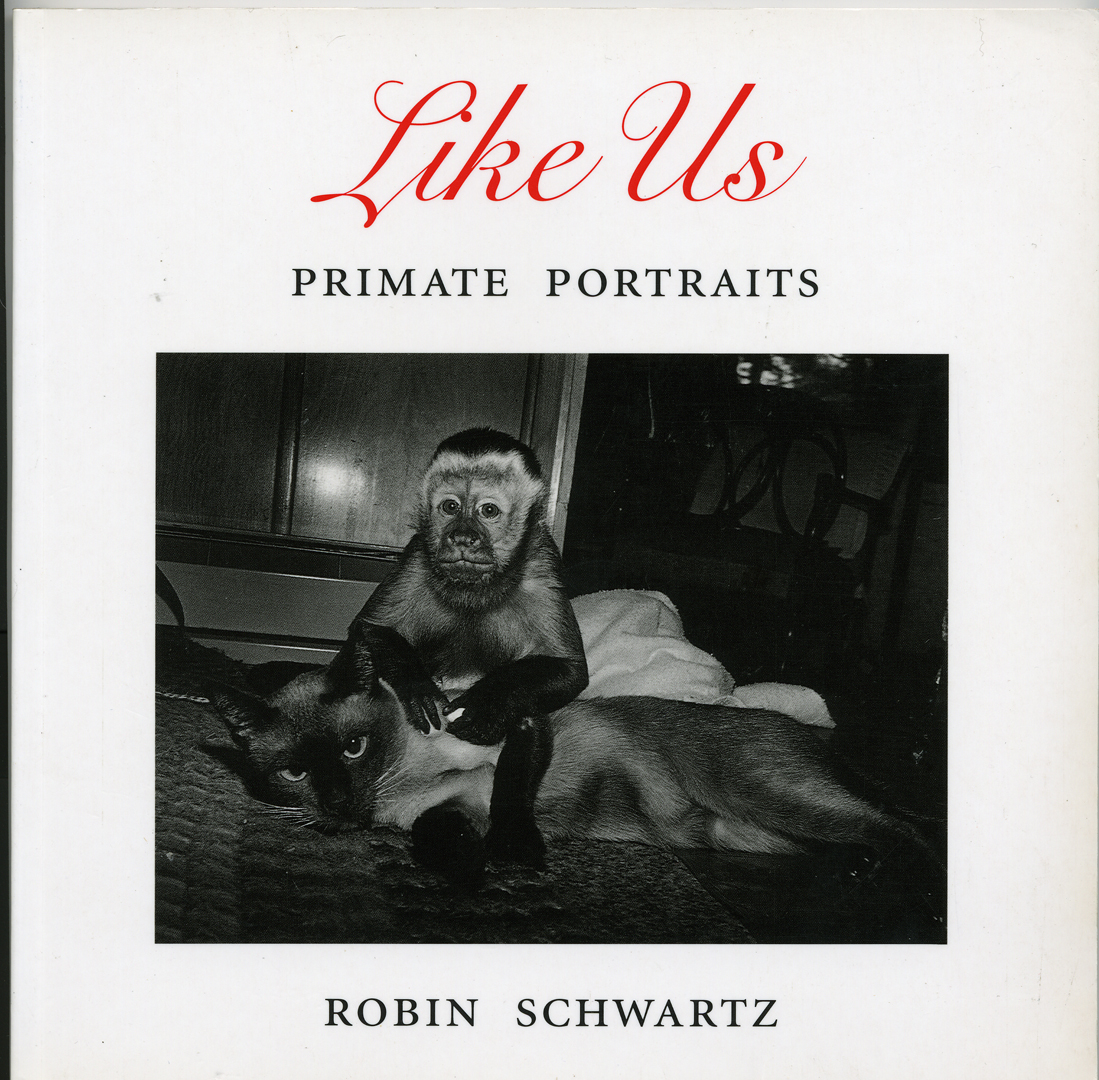
The recent history of animal photography can feel dominated by a social media landscape filled with viral cat videos and Instagram photos, but Schwartz’s approach is the antithesis of anything warm and fuzzy. “We have a tendency to make animals cute or make fun of them,” she says. Her series, shot in black and white photographs, takes a more straightforward yet nuanced documentary approach that feels surprising and surreal when there’s actually an 800-pound gorilla in the room.
Schwartz humanizes the lives of these animal companions by not differentiating between them and their caretakers. “I don’t think they’re funny or sad,” she says. “They’re just like people.” She depicts them within everyday moments and seemingly engaged as they stare back at her lens. Sometimes they’re being infantilized to a point that we almost begin to forget they’re not human. “The black and white allowed me to focus on their eyes and the faces,” says Schwartz, without the distraction of the environment and the colors. The direct flash creates a heightened sense of reality making them feel larger than life and allows a viewer to feel close.

“They’re all born in captivity and need to be cared for,” she adds. “I don’t judge them.” In regards to criticism about ownership, Schwartz makes a clear effort to just let the photography do most of the work to carry a range of emotions. “I think people see themselves in monkeys and they get uncomfortable.”
Twenty five years since the book was released, Schwartz’s photographs are now in major museum collections including at the Metropolitan Museum of Art, New York City’s MoMA and the Smithsonian Museum of American Art among many others. The work is currently on display at the Alice Austen House Museum.
Robins Schwartz’s Like Us: Primate Portraits is on display at the Alice Austen House Museum. See more of her work here.
Paul Moakley is the Deputy Director of Photography and Visual Enterprise at TIME. He’s also the curator of the Alice Austen House Museum. Follow him on Twitter @paulmoakley.





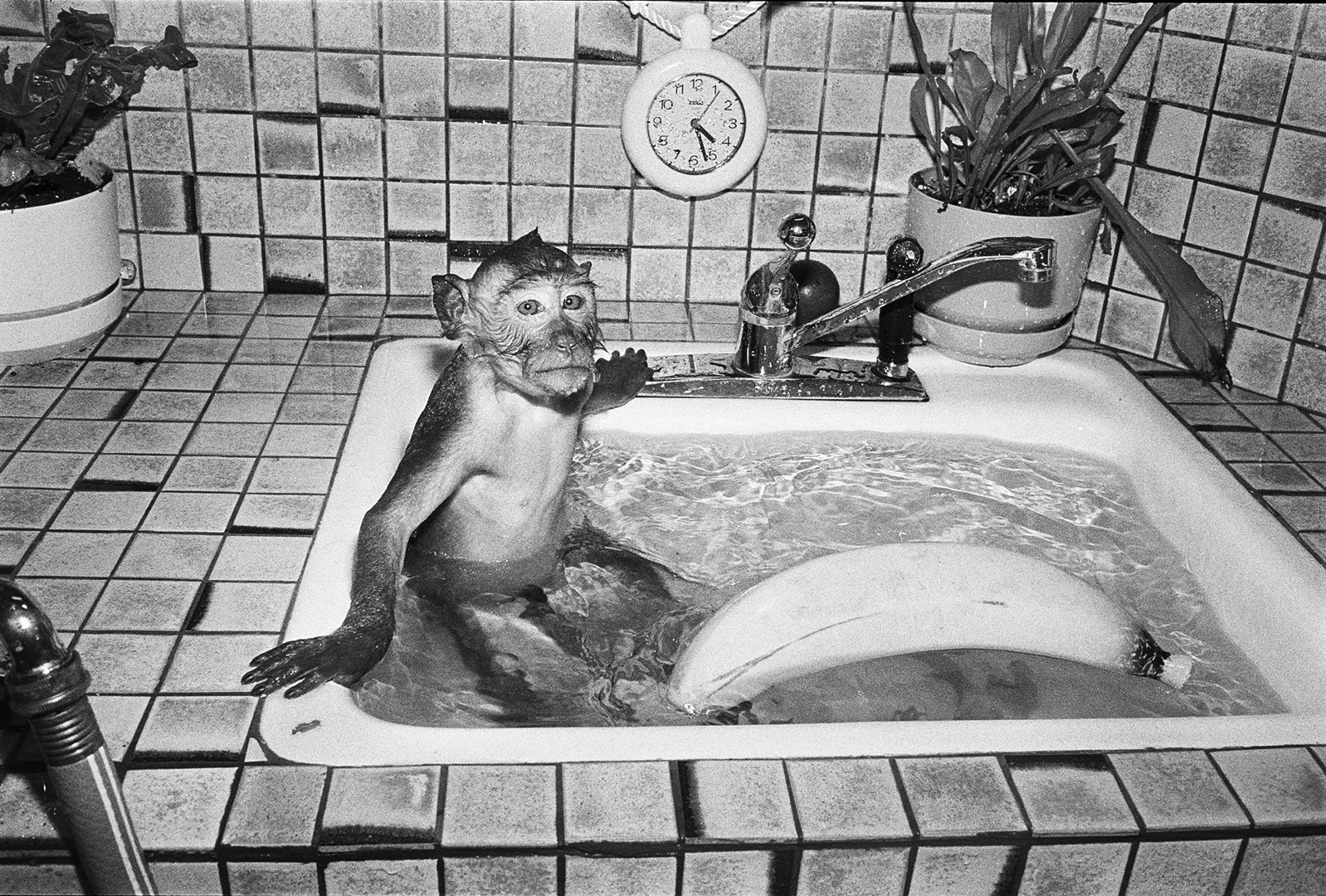


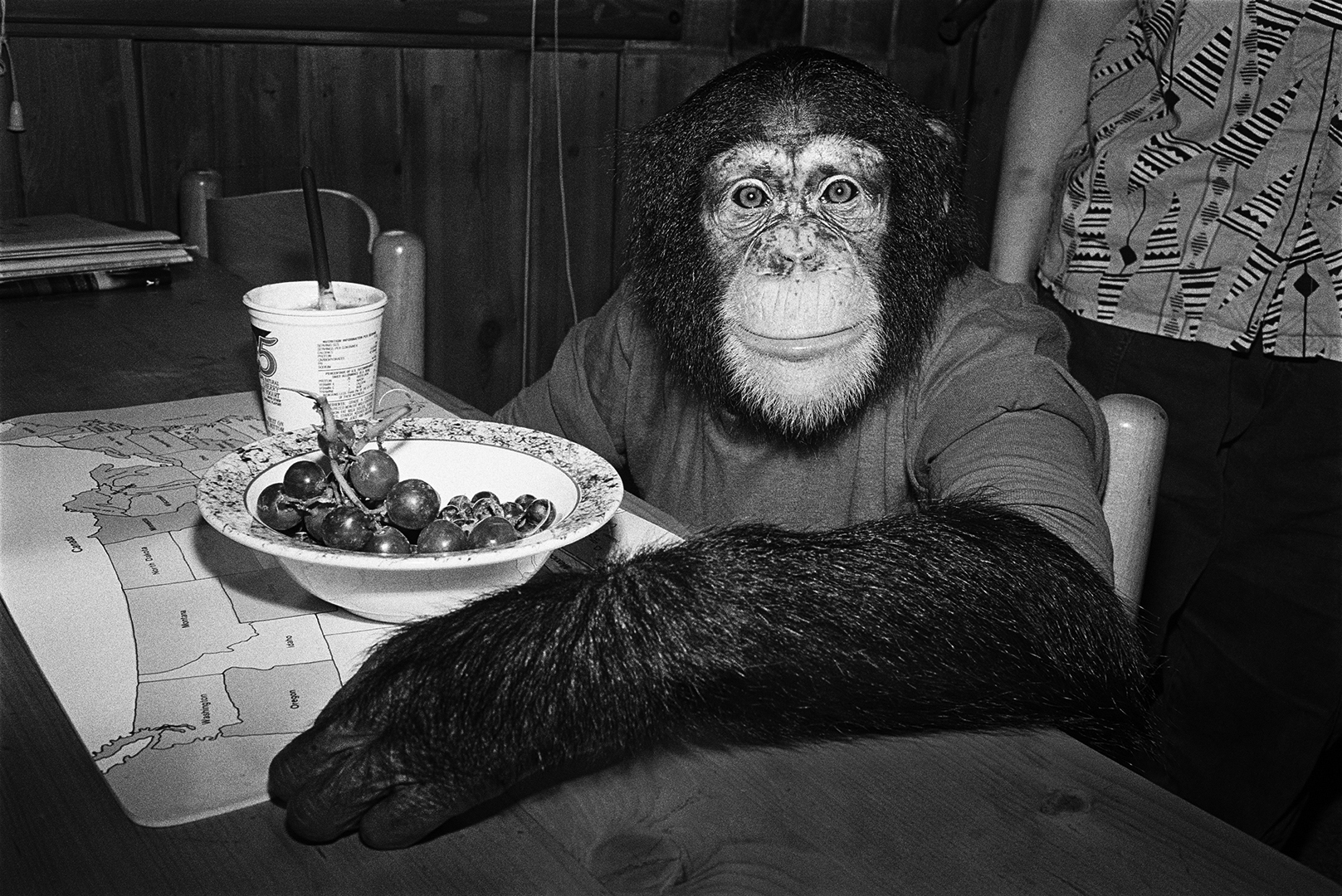
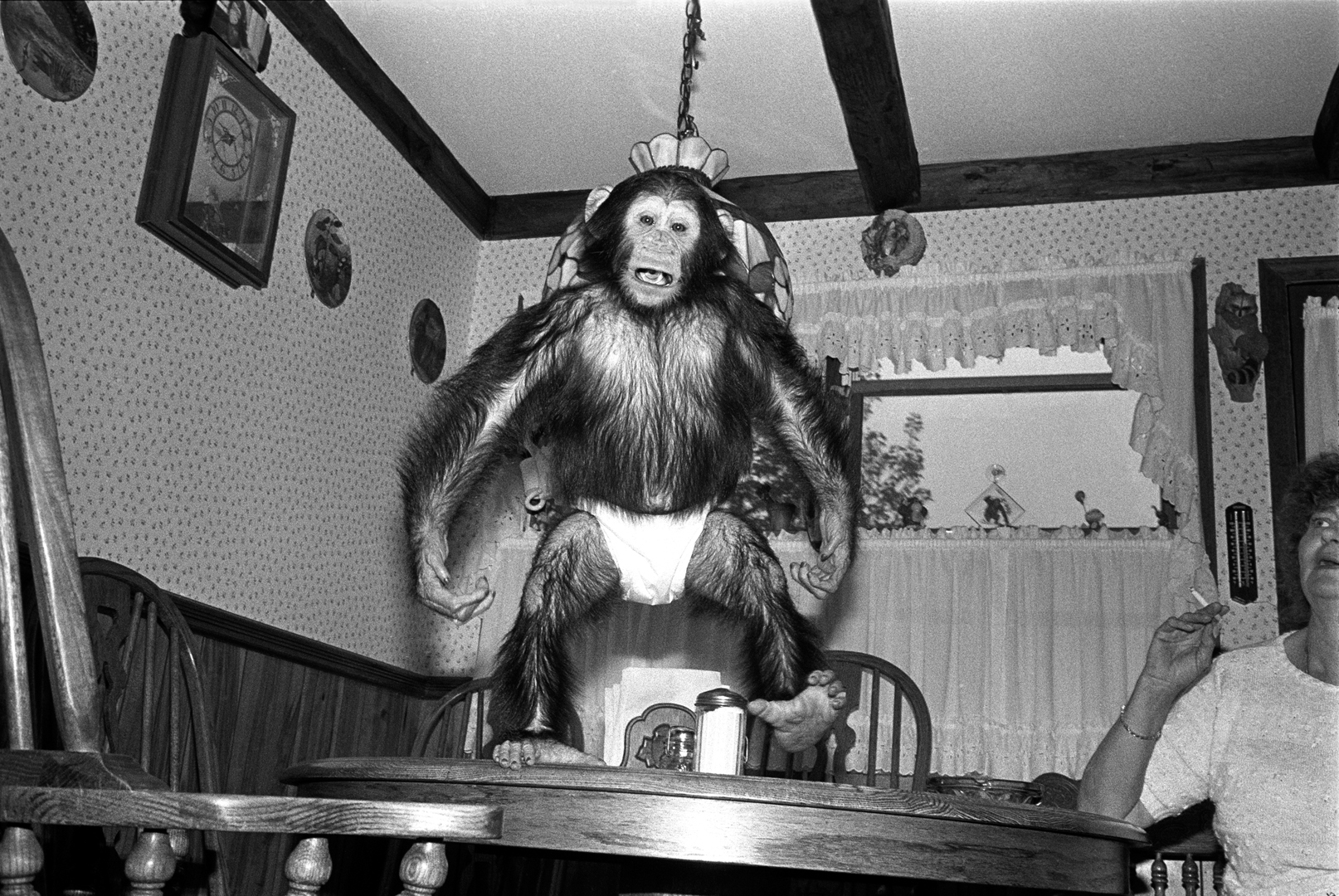
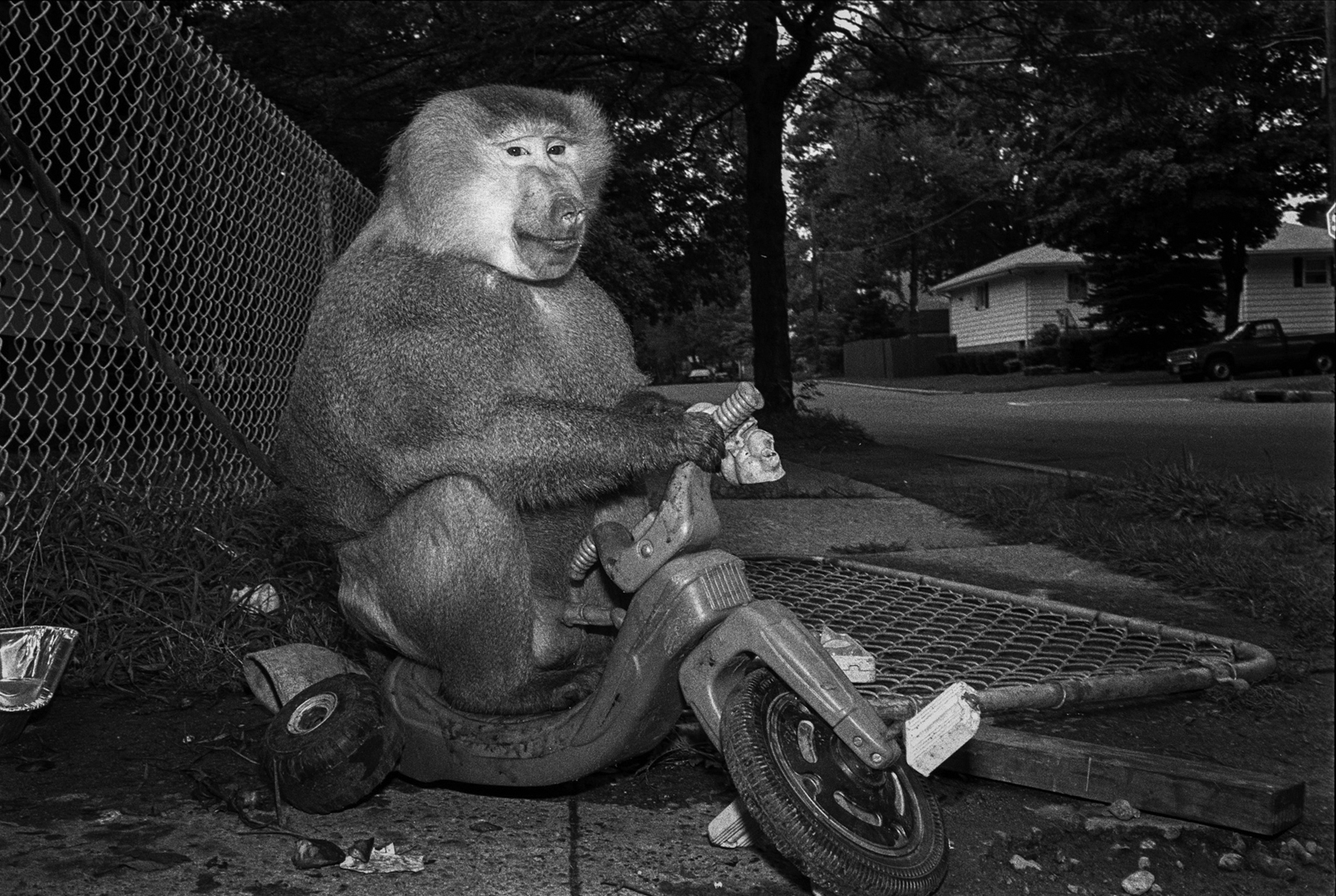
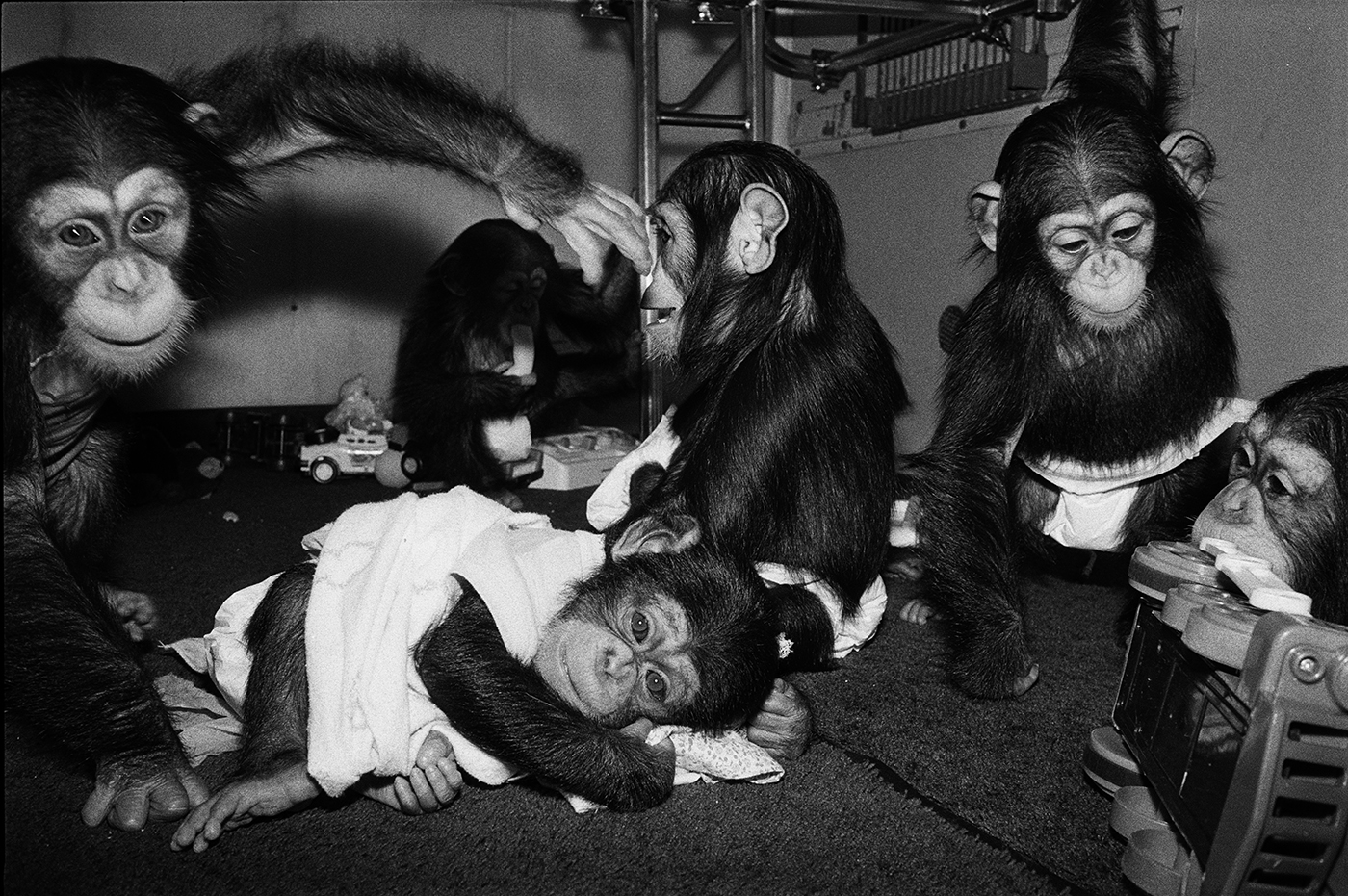
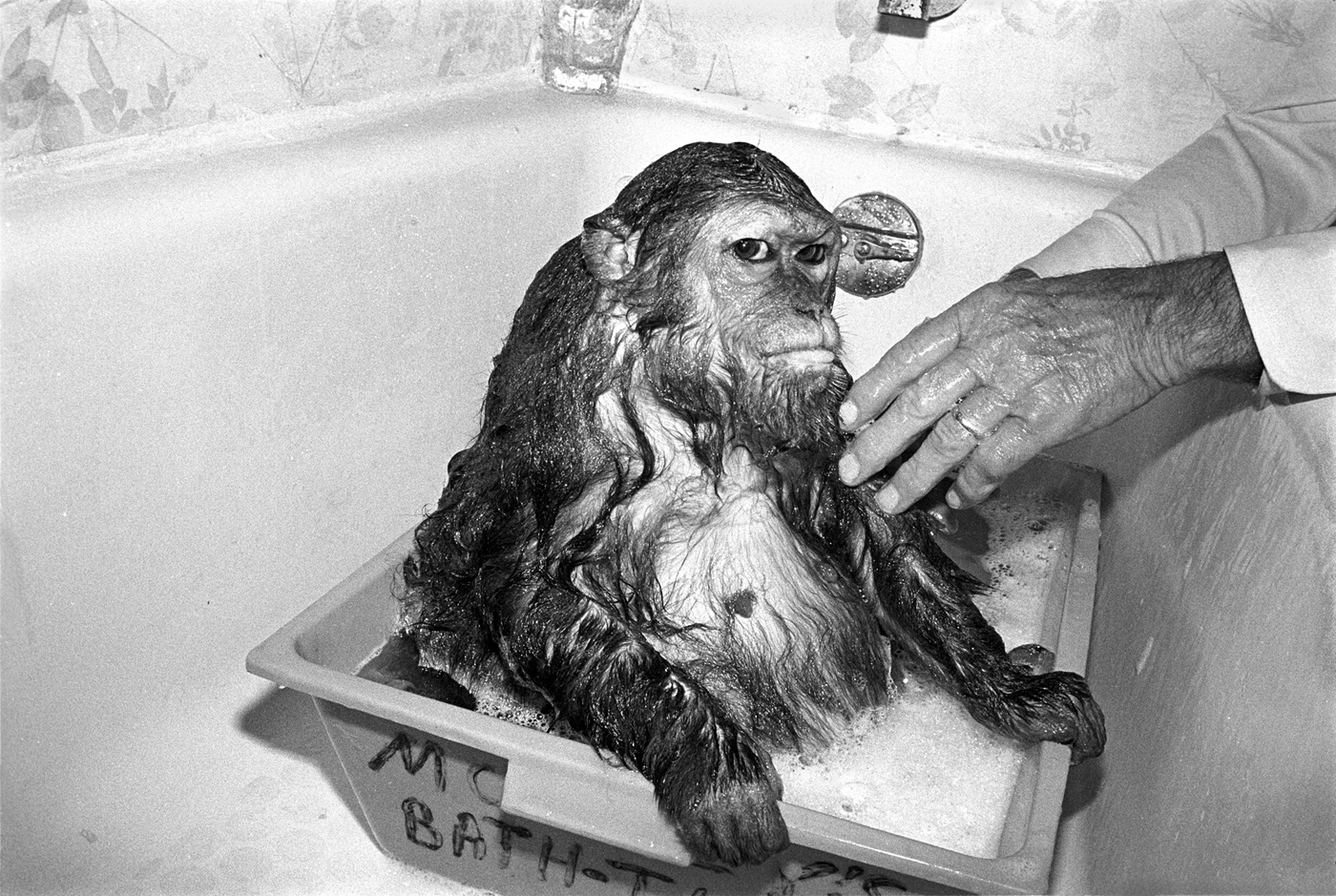
More Must-Reads from TIME
- Cybersecurity Experts Are Sounding the Alarm on DOGE
- Meet the 2025 Women of the Year
- The Harsh Truth About Disability Inclusion
- Why Do More Young Adults Have Cancer?
- Colman Domingo Leads With Radical Love
- How to Get Better at Doing Things Alone
- Michelle Zauner Stares Down the Darkness
Contact us at letters@time.com